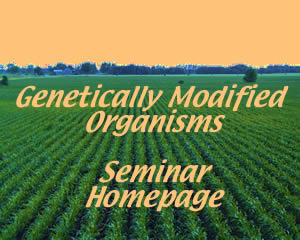






The Blending of the Disciplines
In an effort to increase the effectiveness and specificity of traditional plant breeding methods, researchers have used biotechnological techniques to achieve their goals. This has been done in many ways, but more importantly, it represents the widening gray area between genetically modified crops and traditionally bred crops.
There are two main ways in which biotechnology has invaded traditional plant breeding. First, new biotechnological techniques are being used in tissue grafting and tissue culture (UC Davis). These more accurate techniques, such as micrografting and high throughput tissue culture allow for more precise and more effective crosses of plants. The high throughput of these new techniques means that many different cell lines can be established, diversifying the genes of the sample plant and increasing the likelihood that one of the new plants will in fact display the desired trait in its progeny (ucsusa.org).

image courtesy of gramene.org
Biotechnology companies also use "marker assisted breeding" (Rashidi) in order to identify different genetic markers that indicate their desired progeny. With these markers, it is possible to “trace” a specific gene, or set of genes through a cell line and determine which organisms possess the highest expression of the gene. This has many advantages. The DNA fingerprint that is used as the marker is much more accurate and much more telling than previous methods. These markers also allow scientists to test for traits even in the absence of the stressor. For example, if the salt resistant gene is marked, then researchers never need to grow plants in any salt at all to determine their ability to survive in those environments. In addition, the trait can be tested for at any stage of development in the plant. Earlier techniques based on survival under different stressors required researchers to wait until the plants reached maturity to determine their fitness. With DNA markers, it is possible to test plants for a specific marked trait when they are no more than a few cells in size. DNA markers also allow the tracking of multiple genes – making it possible to determine more accurately the most fit organisms in a cross selecting for multiple genes (UC Davis).
This new technology is creating a gray area between the previously well-defined areas of genetically modified and traditionally bred crops. Biotechnological techniques are, however, making plant breeding faster and more effective, and will continue to expand the scope of possibilities for traditional breeding capabilities.

